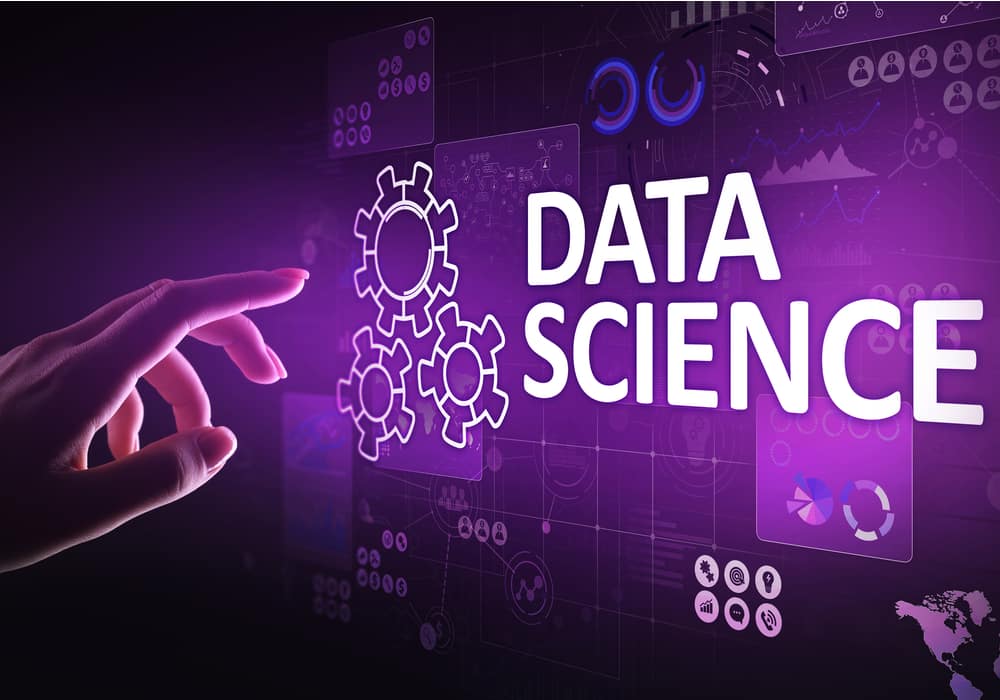What is Data modeling?
Simply put, it is the process of ‘modeling’ your ‘data’.
- Data – Any data that your organization may be capturing and wants to use for analytics and data science purposes
- Modeling – Visual representation of various business entities represented in data objects and definition of the relationship between them
A data model represents how the data is stored in the database. What are various tables, entities that they represent, and the relationship between those tables. A good data model is one that has high integrity, which means it is clean and represents the business rules that govern business operations. It is critical for various business stakeholders that the data they use for analytics and data science is clean and trustworthy so that the data-driven business decisions are accurate.
What are data modeling tools?
Data modeling is the process of applying structures and different techniques to data, in order to make it ready for analysis. This process involves converting a complex software design into an easy-to-understand diagram that explains the flow of data.
This is where data modeling tools step in.
They help you in creating diagrams so that you can connect and understand data presented in the form of a diagram. They help in creating and representing the database structure using these diagrams. This serves as a fundamental document for all database managers, data engineers, and data scientists to refer to whenever they want to use any data for any analytics or data science needs.
A good data model gives an abstract idea of specifics in the database. The specifics include details such as how the data is captured, the way it enters individual tables, and how it flows within the system. It also clearly illustrates different attributes stored for various entities and the relationships between them. For example, a customer could be an entity and the demographic details could be the attributes. There could be another entity called subscription, with attributes like price point, duration etc. There could be one to many relationship between the entities customer and subscription. There could be many entities and hundreds of attributes like this for a full-fledged business across various business functions. And data modeling tools make this tedious job of mapping all this easier for database administrators, data engineers, data scientists, and various other analytics professionals working with data. There are different data modeling tools, some support Windows OS, while others support Mac and Linux. But before that, let’s look at various parameters that you should think about when choosing your data modeling tool.
How to select a data modeling tool?
With rapid advancement in complexity of tools and applications available to use, it can become hard to choose the right one for you. So, it is important to evaluate your use case using some key parameters:
- Usage and needs: This is the primary deciding factor when choosing a data modeling tool. Each data modeling tool has different areas of focus. You should jot down your business requirements first to make the right choice. For example, a project that requires a data modeling tool for small tasks would benefit a great deal from one that has modeling capabilities available within the database. But, the same tool won’t work where data modeling needs to cater to the enterprise level needs
- Scalability: The requirements of a project grow as it evolves. Make sure you select a tool that gives you the room to grow. The clientele and size of the data model should be analyzed before finalizing a data modeling tool. While selecting a tool, it is important to look at the present requirements, which might be simple currently, but as the project evolves, the same needs get complex.
- Features: Now as you’ve understood the business requirements, you now need to evaluate different data modeling tools. This means checking if the data modeling tools are able to perform UTM modeling or use case modeling, if it has multi-user handling capability. Furthermore, if it offers conceptual, logical, and physical data modeling options or not. Ideally, you would want to create a list of features and compare options
- Integration: Be aware of the fact that some data modeling tools create a data model in an exclusive format while others use a generic format. Choose your modeling tool accordingly so the end product integrates well into the database or existing tech setup/workflows.
- User community: Every tool has a user community that you can turn to for asking questions. Make sure your chosen tool is not isolated and has strong community support.
Which are the top data modeling tools?
Here is the list of the top 7 data modeling tools:
- ER/Studio
- Lucidchart
- Erwin Data Modeler
- Toad Data Modeler
- ConceptDraw Diagram
- DbSchema
- Archi
Let’s talk about these in detail.
1. ER/Studio
Idera’s ER/Studio is a data modeling tool that allows you to list your data assets and sources across different database platforms, then build and share the data models created, and also track it from end to end. It is compatible with Windows, Linux, and Mac. You can outline your business terms, concepts, and the relationship between them with a powerful business glossary. With the use of ER/Studio businesses can easily model and understand the relationship between processes, data, and people.
incorporated into any data source type, be it Teradata, Oracle, IBM SPSS, IBM DB2, Excel.
2. Lucidchart
Lucidchart is more than a data modeling tool. It is a cross-platform collaboration tool that combines ease of usage with strong functionality to help you create process maps, concept maps, org charts, and more. This is a cloud-based data modeling tool, which means that you do not need to download heavy software and get instantaneous updates. It saves hours of manual work. This tool works well with platforms like MySQL, Oracle, PostgreSQL, and SQL Server. Compatible with the 3 major OS, the Lucidchart app for Android and iOS works on every mobile device.
3. Erwin Data Modeler
Erwin Data Modeler continues to be the most trusted data modeling tool. This award-winning data tool is used to find, visualize, design, deploy, and standardize high-quality enterprise data assets. It includes automated generation of schema facility, cloud-based data solution, and the ability to create a hybrid architecture. This tool works only on Windows.
4. Toad Data Modeler

Toad Data Modeler has powerful query tuning capabilities. This data modeling tool can execute scripts and T-SQL snippets for a number of servers. Created by Quest Software, its key features include comparing and syncing your data across different servers, along with an ability to export to Excel. With Toad, you can perform automated tasks that will save your time and increase your performance.
5. ConceptDraw Diagram

ConceptDraw Diagram is an easy-to-use tool that can be used as a data modeling tool. Used for creating business graphics, diagrams, infographics, flowcharts, and project management documentation, this intuitive database tool saves a lot of time. It has an efficient Entity Relationship Diagram modeling feature that allows you to design a complete relational database. It supports databases like Oracle, InterBase, MySQL, MS Access, etc. Its cross DBMS target compatibility helps you in designing once and for all.
6. DbSchema
DbSchema is a comprehensive database designer that is used for out-of-the-box schema management. It supports all relational and No-SQL databases. It offers you an interactive layout, data loading facility, allows you to create forms and reports, and also has a Visual Query Builder. With the help of DBSchema, you can generate HTML5 or PDF documentation, with the interactive image of the diagram. Here, the comments can be read as mouse-over tooltips.
7. Archi
Archi is a visual modeling and design tool that supports describing, visualizing, and analyzing architectures across business domains. This tool allows you to create new ideas and then edit your canvas. It was initially funded by Jisc between 2010 and 2012, but since January 2013, it is maintained by its creators, Phil Beauvoir and Jean-Baptiste Sarrodie. Archi is a cross-platform data modeling tool that can be made expandable using plugins.
Conclusion
While there is so much buzz around data science, understanding the data model is one of the very first steps one has to take for any analytics or data science project. While it is not a very complex step, it is certainly one of the most important steps in the whole process of going from data to decision. So, it is important for data professionals to be aware of this aspect and of the popular tools available to quickly work out your data model. Also, now you can learn about Machine Learning Modelling as well for free to further your learning.
While it is easy to learn data modeling by self, it certainly requires a lot more to build knowledge and skills in data science.
If you’re a data science aspirant who wants to power ahead in his/her career, you can pursue the Post Graduate Program in Data Science & Business Analytics by McCombs School of Business at The University of Texas at Austin.
This is one of the most comprehensive, in-depth, and rigorous online data science programs out there. This will help you learn some of the most widely used algorithms and techniques in data science and help you learn the skills required to solve problems with business analytics. Be it validating a business hypothesis using data, or identifying drivers of a business outcome, or to predict future trends, or segmenting your customers using clustering – this program checks all the boxes. If you are looking to learn by not just reading and watching but by actually doing, this is a great program with 20+ hands-on case studies and projects covered over 6 months with high-touch learning support.









